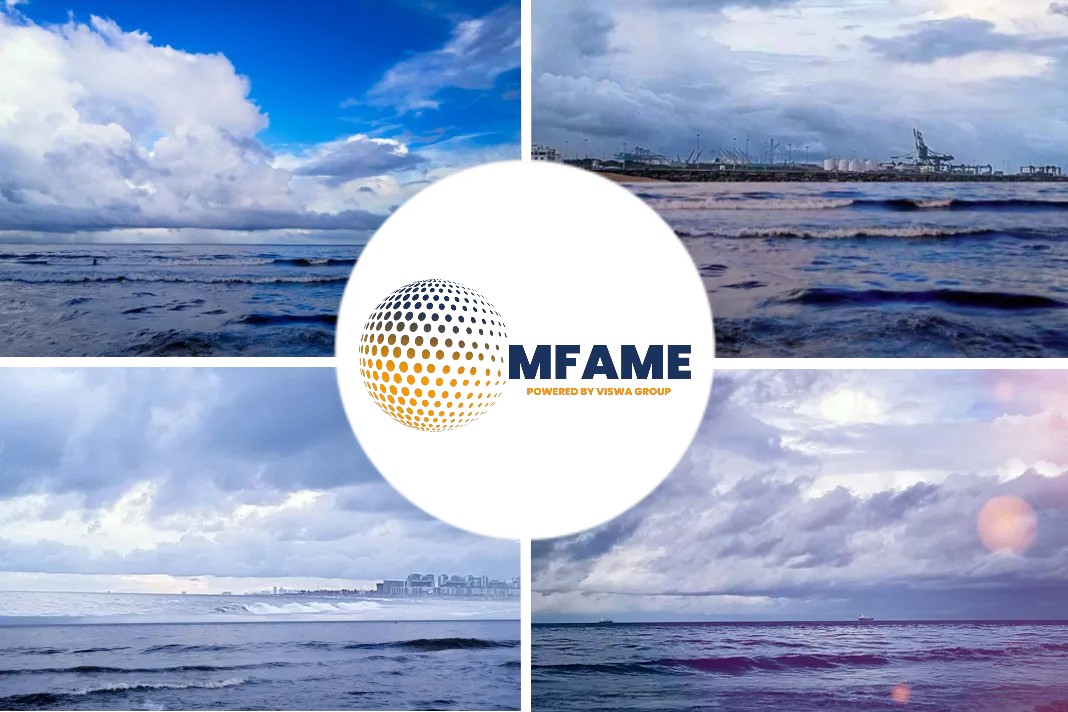The IMO-executed GloFouling Partnerships project to address bioinvasions by organisms which can build up on ships’ hulls and other marine structures, says an article published in SeaNews.
What is Biofouling?
Biodiversity can be threatened by organisms which can build up on ships’ hulls and other marine structures, a process known as biofouling.
First steps to tackle the issue
During a workshop in Arraial do Cabo, Brazil (5 August), experts on biofouling and invasive species and others took the first steps towards setting up a national task force to tackle the issue.
Brazil is one of 12 lead partnering countries in the GEF-UNDP-IMO GloFouling Partnerships project, which aims to protect marine biodiversity by addressing biofouling.
IMO Biofouling Guidelines
- Each lead partnering country’s national task force will define a national policy on biofouling and invasive species and
- draft the national strategy and action plan to implement the IMO Biofouling Guidelines.
- The next step for GloFouling Partnerships in Brazil will be to develop national baseline reports
- to assess the current situation with regards to non-indigenous species,
- to identify any research currently available on the subject,
- to analyse the economic impacts and
- to determine the national legal framework.
Glofouling workshop
The Glofouling workshop was held during the XIII Biofouling, Benthic Ecology and Marine Biotechnology Meeting (XIII BIOINC), hosted by the Instituto de Estudos do Mar Almirante Paulo Moreira (5-9 August).
As well as national experts on biofouling and invasive species, participants included representatives from Marinha do Brasil, from other departments from federal and state administrations and from leading private sector companies such as Petrobras and Vale.
IMO-executed GloFouling Partnerships project
The IMO-executed GloFouling Partnerships project is to address bioinvasions by organisms which can build up on ships’ hulls and other marine structures. This is a collaboration between the Global Environment Facility (GEF), the United Nations Development Programme (UNDP) and IMO.
Partnering countries
The twelve lead partnering countries are:
- Brazil,
- Ecuador,
- Fiji,
- Indonesia,
- Jordan,
- Madagascar,
- Mauritius,
- Mexico,
- Peru,
- the Philippines,
- Sri Lanka and
- Tonga.
Four regional organizations, IOC-UNESCO, the World Ocean Council and numerous strategic partners have signed up to the project.
Did you subscribe to our daily newsletter?
It’s Free! Click here to Subscribe!
Source: SeaNews

















